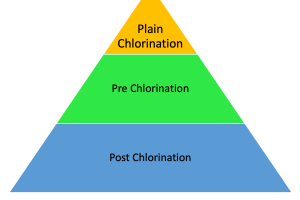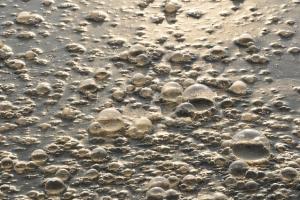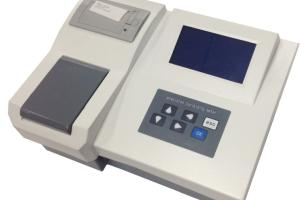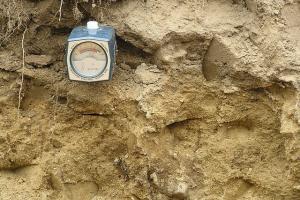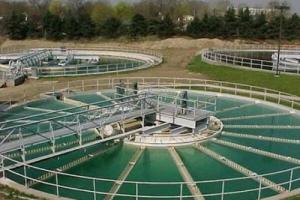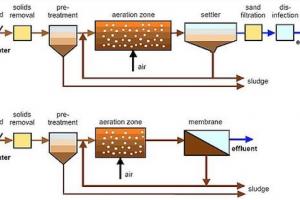Particle Size Analysis in WasteWater
Particle Size Distribution (PSD)
To understand nature of particles that comprise TSS in wastewater, measurement of particle size is undertaken. PSD important in assessing effectiveness of treatment processes (secondary sedimentation, effluent filtration, and effluent disinfection).
PSD methods can be divided into two general categories:
- Methods based on observation and measurement
- Methods based on separation and analysis techniques
There are various techniques available for particle size analysis in wastewater treatment. Common methods include:
Sedimentation/Gravitational Settling:
This method involves allowing particles to settle in a liquid column and measuring the settling velocities to estimate particle sizes. It is commonly used for settleable solids analysis.
Microscopy:
Microscopic examination allows direct visualization and measurement of particles using optical or electron microscopes. It provides detailed information about particle morphology and size distribution.
Laser Diffraction:
Laser diffraction instruments use the principle of light scattering to measure particle size distribution. This technique covers a wide size range and is commonly used for analyzing suspended solids in wastewater.
Dynamic Light Scattering (DLS):
DLS measures the fluctuations in light scattering caused by Brownian motion of particles. It is suitable for analyzing very small particles, typically in the nanometer range.
Sieve Analysis:
This method involves passing wastewater through a series of sieves with different mesh sizes. The retained particles on each sieve are weighed to determine the particle size distribution.
Serial Filtration:
Wastewater sample is passed sequentially through series of membrane filters with circular openings of known diameter, and amount of suspended solids retained in each filter is measured.
Electronic Particle Counting
- Particles in wastewater are counted by diluting a sample and then passing diluted sample through calibrated orifice or past laser beams;
- As particles pass through orifice, conductivity of fluid changes, owing to presence of particle. Change in conductivity is correlated to size of equivalent sphere;
- Similarly, as particle passes by laser beam, it reduces intensity of laser because of light scattering. Reduced intensity is correlated to diameter of particle. Particles counted are grouped into particle size ranges. In turn, volume fraction corresponding to each particle size range is computed.
Microscopic Observation:
Placing small wastewater sample in particle counting chamber and counting individual particles:
- To aid in differentiating different types of particles, various types of stains are used;
- In general, microscopic particle counting is impractical on routine basis;
- However, it can be used to qualitatively assess nature and size of particles in wastewater




